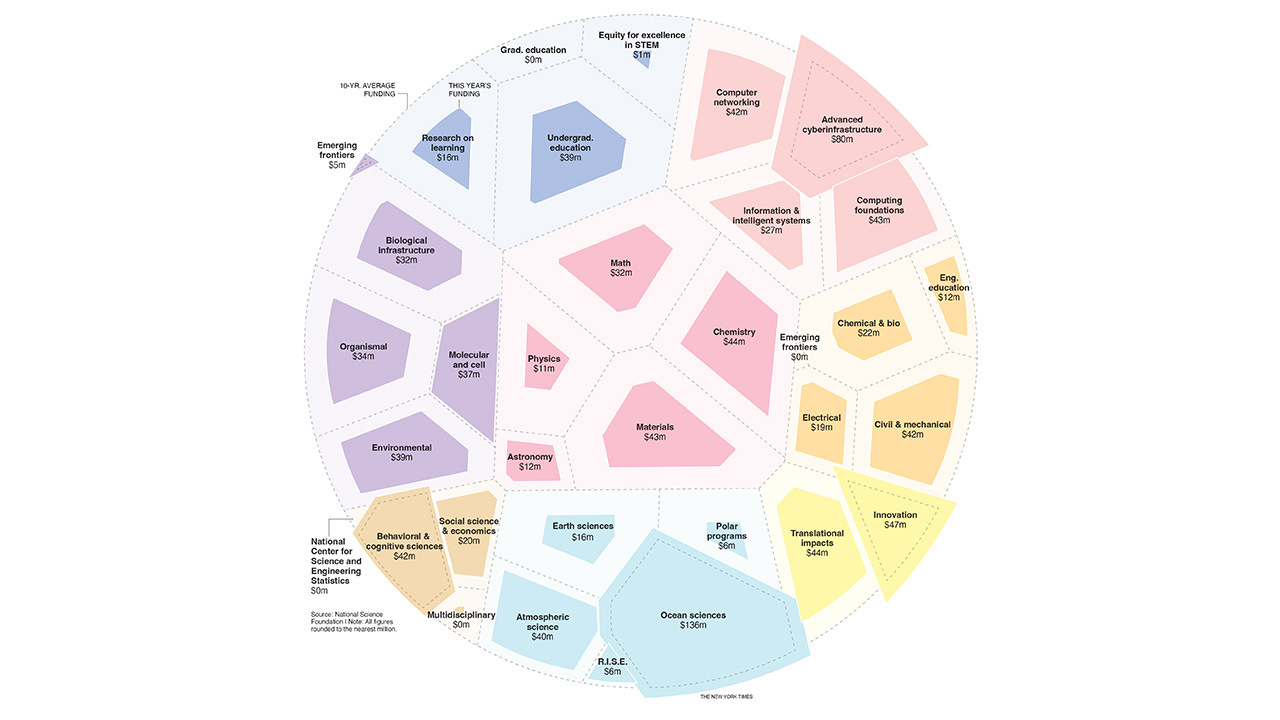
In a time when diversity initiatives are under heavy political examination, three biomedical researchers have released a data-supported argument that may astonish detractors: eliminating these programs could negatively affect America’s competitive advantage in research and innovation.
The commentary, published today in Nature Cell Biology, presents a clear economic argument. By restricting who can engage in scientific pursuits, you are not simply impacting personal careers. You are削减 the reservoir of talent that propels breakthroughs, and the data indicates that diverse research teams significantly outperform homogeneous counterparts.
“Research indicates that diverse teams collaborating and leveraging innovative ideas and various viewpoints outperform homogeneous teams,” state the authors, referencing the National Institutes of Health’s earlier diversity statement, which has since been retracted yet remains available online. The statistics support this: studies with a varied authorship garner more citations and create connections in novel ways that homogeneous teams overlook.
The Talent We Never Discovered
Lead author Needhi Bhalla, a molecular biologist at UC Santa Cruz, along with her team, presents the issue through what scientists refer to as the “deletion test.” This thought experiment is utilized by researchers to gauge impact: what would the field forfeit if a particular scientist had never made a contribution? However, there exists a more troubling variant of this test currently operating in American science, one we seldom recognize.
The statistics are alarming. Individuals from Black, Hispanic, Native American, and Pacific Islander backgrounds constitute roughly 37% of college-age Americans yet only achieve 26% of bachelor’s degrees in life sciences, 16% of PhDs, and hold a mere 10% of NIH research grants in faculty positions. Similar declines are seen with scientists who have disabilities and women. Those from the lowest economic quintile are 50% less likely to pursue higher education than individuals from the wealthiest families, irrespective of race.
What breakthroughs were never realized because the individuals who could have made them were never given the opportunity? The authors contend that we have been inadvertently conducting a deletion test on entire groups of the population for decades.
“There are talented individuals in every category of the population, but with few exceptions, those lacking the financial means to pursue higher education do so without. This represents a significant squander of the most valuable asset of a nation: the intelligence of its members.”
This quote is attributed to Vannevar Bush, who wrote in 1945 as he conceptualized the modern framework for federal science funding. His vision was explicitly democratic: to seek talent anywhere, irrespective of “family fortune.” Yet Bush wrote during the Jim Crow era, a time of restrictive immigration, and limited opportunities for women. His ideal remained predominantly theoretical for many years.
What Changed, and What’s at Stake
The 1960s and 70s ushered in the Civil Rights Act, immigration reforms, and broadened access for women. Federal agencies reacted: NIH established minority research support initiatives in 1972, while NSF made broadening participation a formal review criterion in 1981. These were not simply feel-good initiatives but strategic investments that proved effective. The trainee demographic became noticeably more diverse, although faculty diversification lagged.
The authors, including JoAnn Trejo from UC San Diego and Mary Munson from UMass, stress that these programs were based on evidence and did not limit themselves to particular racial groups. They supported anyone encountering obstacles: individuals with disabilities, those from low-income families (including white individuals), and anyone whose situation hindered access to scientific careers.
Recent findings reveal why this is significant beyond a matter of equity. Diverse groups can outperform individual capabilities in problem-solving and innovation, which is particularly pertinent for collaborative science. Diversity also fosters public confidence in research, particularly among communities historically excluded from it. When individuals see themselves represented in science, they are more inclined to engage in studies and gain from discoveries.
“There are numerous advantages that arise from a diverse NIH-supported scientific workforce, including promoting scientific innovation, enhancing global competitiveness, contributing to robust learning atmospheres, improving researcher quality, advancing the likelihood that underserved or health-disparate populations engage in and benefit from health research, and boosting public trust.”
The challenges are genuine. The same data illustrating the benefits of diversity also indicate it can complicate group dynamics and decision-making. Hence, recent programs paired broadening participation with training on evidence-based mentoring and management. The objective was not solely to introduce varied individuals but to create environments conducive to everyone’s success.
The authors conclude with a stern warning: regressing to a time when only select demographics had access to science would be “a disaster for our multi-dimensional democracy and for the global community.” In practical terms, it signifies fewer innovative solutions to research inquiries, diminished innovation, and technologies that serve narrower demographics. The deletion test would expand from individuals to entire groups, and we would never realize what we forfeited.
Eighty years after Vannevar Bush articulated his vision, the question remains unchanged: does America aspire to discover scientific talent wherever it may be found, or solely where it has historically sought? The data indicates that this answer has tangible implications for discovery, innovation, and who benefits from both.
[Read the original commentary in Nature Cell Biology](https://doi.org/10.1038/s41556-